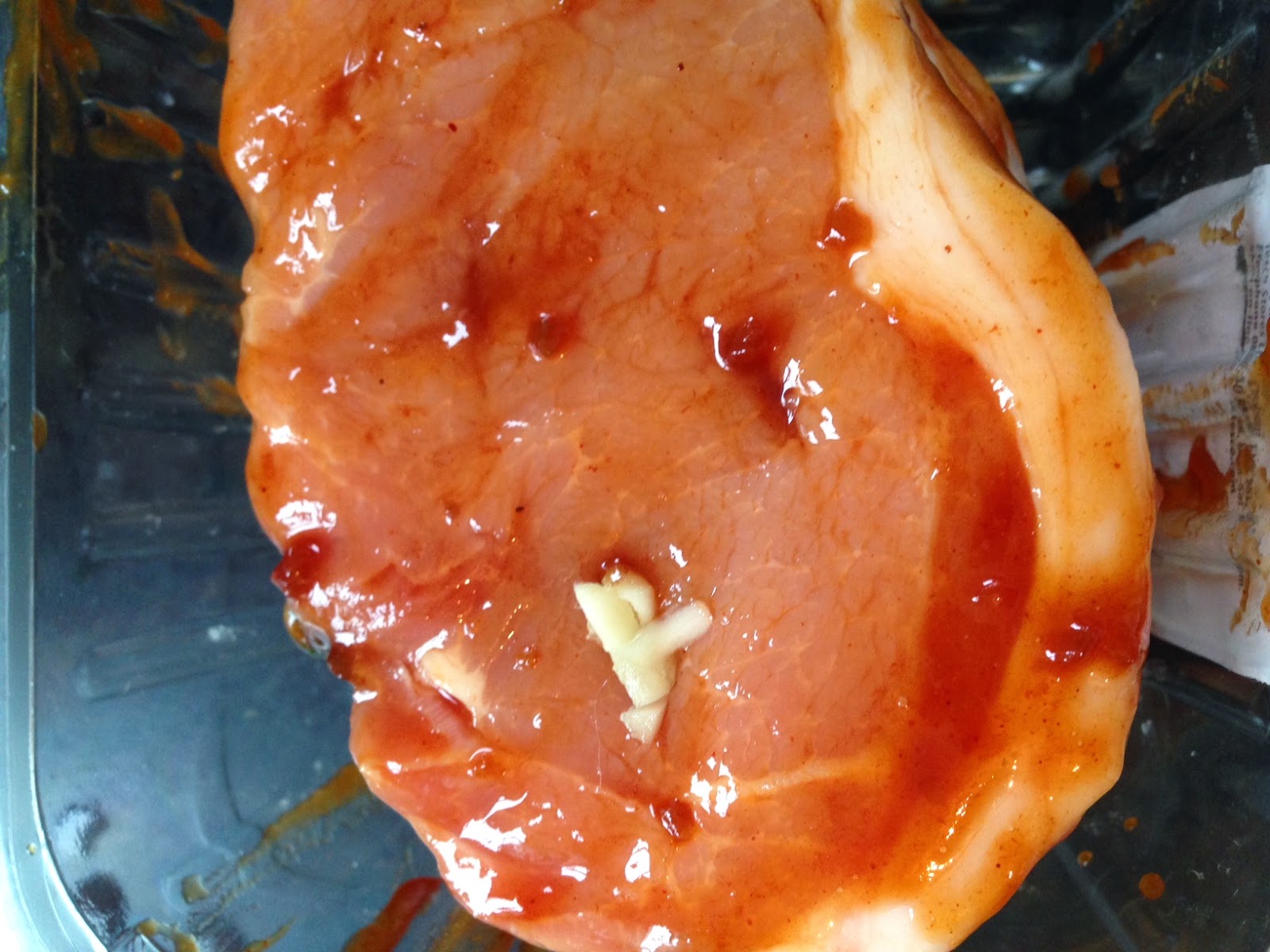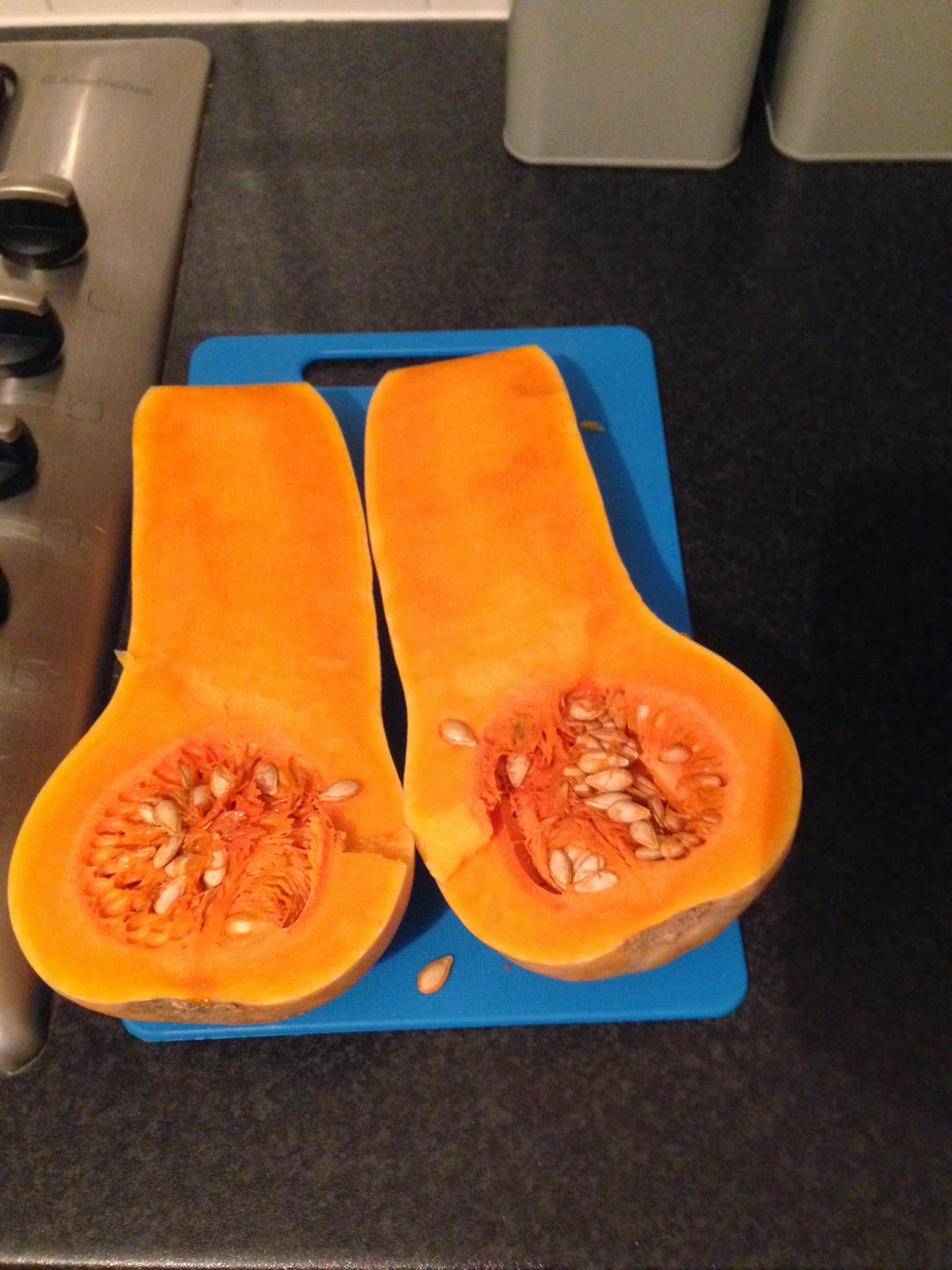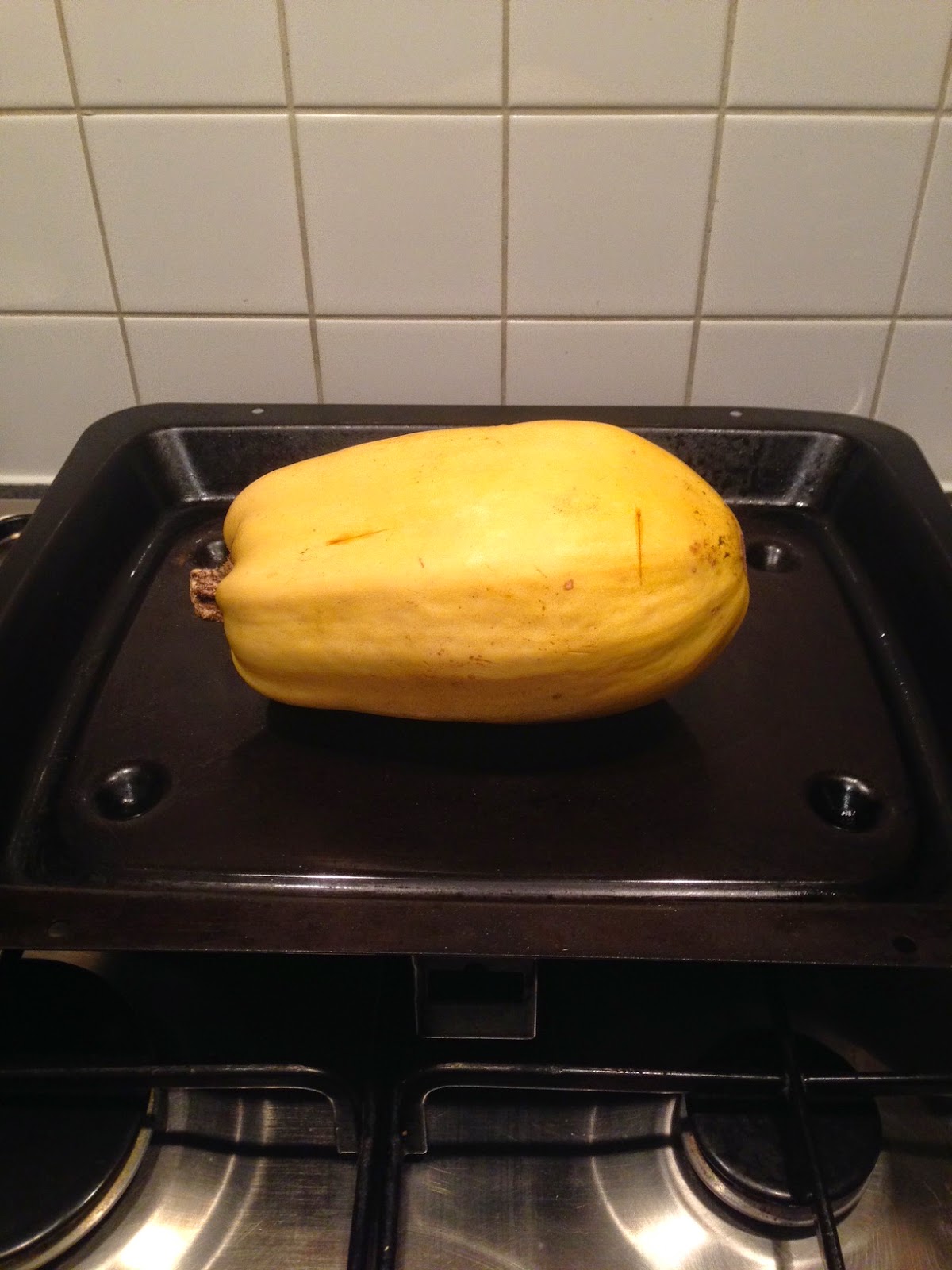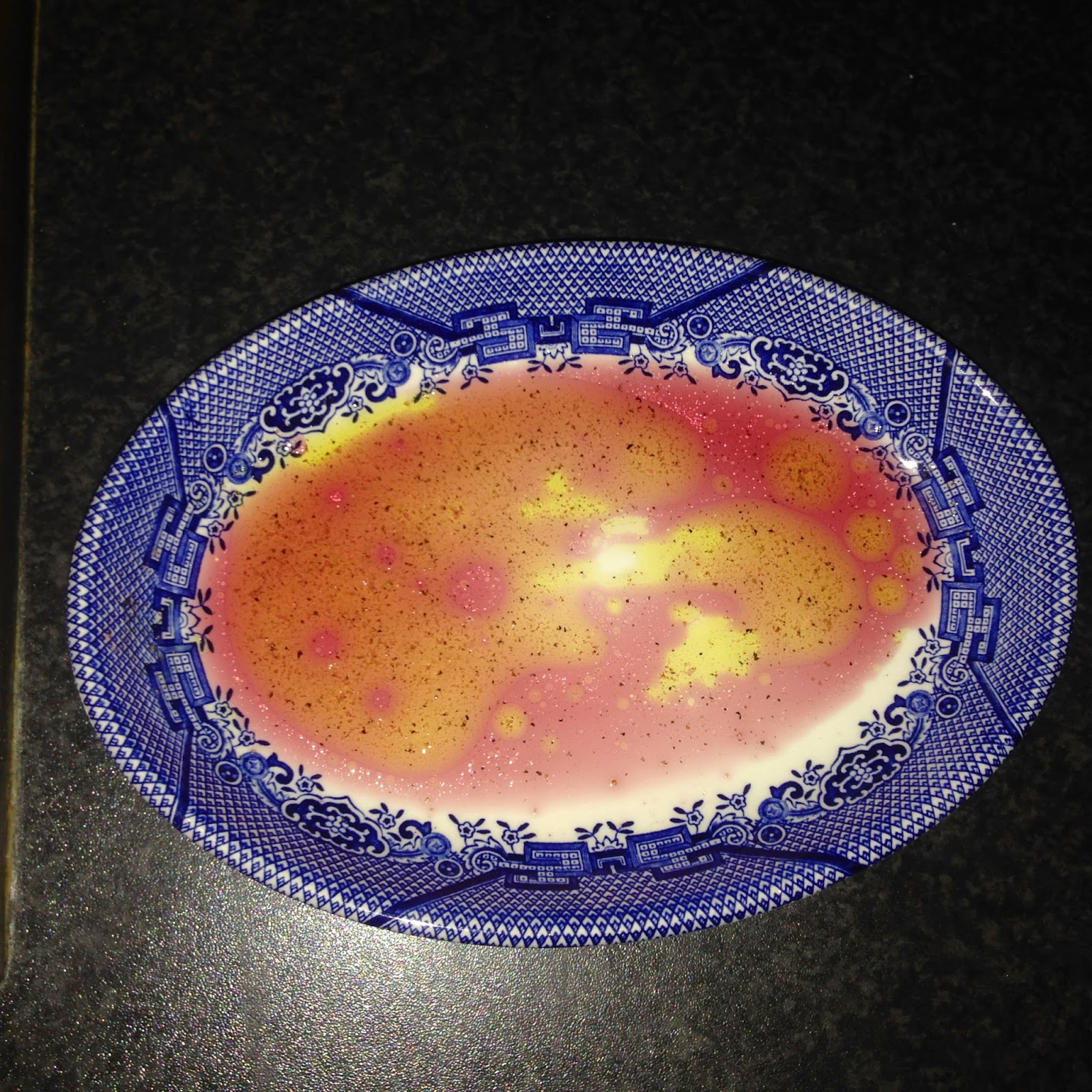Now that I'm working in London instead of down the road, I don't have as much time to cook as I used to. I've gotten in the habit of making big meals on Sundays so there are left overs for the week and I can have the whole day to mess around in the kitchen. The last few weeks I've been all about the slow cooker and squash, a perfect fall combo.
I have never been a huge fan of pork. I wouldn't go so far as to say that I didn't like but it wasn't really on my radar, which is a bummer cause pork is awesome and super versatile. You need to be careful with it since if it's overcooked it can be tough and taste like a boot. Fortunately, that hasn't happened when I've cooked it, thanks to my glorious slow cooker. Now that winter's coming and it's getting cold, it's so nice to come home from work and have a hot meal ready with minimal effort. Pork is really well suited to slow cooking since it's practically impossible to over cook it this way. The slow-cooked pork I did was BBQ pulled pork with butternut squash and root vegetables.
 |
| The finished product: BBQ pulled pork, butternut squash, and root vegetables |
To prepare the pork, I slathered it in Newman's Own Sticky BBQ sauce- I could have made my own but Newman's Own is generally a safe bet. When buying BBQ sauce, always read the ingredients! All BBQ sauce needs in it is tomatoes, vinegar, sugar, and spices- if it has anything with more than three syllables or that you can't pronounce, steer clear.
 |
| Pork covered in BBQ sauce |
I then cut into the meat and put in slices of garlic because garlic is amazing and you never know when you're going to need protection from a vampire.
 |
| Pork covered in BBQ sauce with garlic |
Once I was happy that the pork was sufficiently covered in sauce and filled with garlic, I put it in the slow cooker on top of the chopped root vegetables and then left it to cook on low for about five hours.
 |
| Swede, carrots, and onion in the slow cooker |
 |
| Pork on top of the root veg, ready to cook |
Another great thing about this time of year is squash: butternut squash is just amazing. You can do so much with it and it's creamy and delicious. To start, I cut it in half then peeled and de-seeded it.
 |
| Butternut squash |
Then chopped into cubes an coated it with a butter and honey sauce and stuck it in the oven after the meat been cooking for about four hours.
 |
| Chopped squash |
Once the meat had been in for about four hours, I took everything out of the cooker, let the meat rest for 10ish minutes and moved the root vegetables into a pan.
I pulled the pork, put more BBQ sauce on it, and put it back in the slow cooker until the veg and squash were done.
 |
| Pulled pork |
 |
| Yum |
The next meal I prepared with the slow cooker was lamb with spaghetti squash. Until I saw it at the supermarket, I didn't really know what spaghetti squash was but it's weird and wonderful and I can't recommend it enough.
 |
| Finished product: slow-cooked lamb and spaghetti squash |
Lamb has its own distinctive taste so doesn't need much added to it. Quite simply, I cut an onion in half and put in the bottom of the cooker and put the lamb on top. I poured a healthy splash of red wine on top and left it to cook on low for about 5-6 hours. As the lamb was cooking, we took the dog for a walk over some fields about 10 minutes from home. While walking over, you can hear the sounds of cars, trains, and life in general. As you reach the top of the hill, you can see the whole town in one direction and rolling fields in the other. The sounds of the town fade away. To be able to have the quiet and that view walking distance from my house while be a half hour from London is pretty awesome. I love a good dog walk but that view makes it even more enjoyable.
.JPG) |
| My view |
 |
| My glorious beast also loves a good walk |
After the walk, I got started on the squash. First, I cut some slits into it so the steam can escape and squash doesn't explode in the oven.
 |
| Ready to go in the oven |
Once it's done, about an hour, remove it from the oven and let it cool for about 10 minutes. Cut it in half and take out the seeds. As you do this, you'll start to see why it's called spaghetti squash.
As with the pulled pork, use a fork to pull the squash apart. It breaks up into little spaghettis: weird and wonderful! I then put the meat of the squash into a pan to crisp it up.
I added some basil from my very own basil plant and topped it all off with loads of parmesan.
This was probably the best meal I've made. It's simple but delicious and you can add whatever flavors you like to the lamb and the squash. This is definitely something I'll be making again.
If you want other foodspiration, check the hashtags #cookingwithtoes and #cookingmyassoff- my cousin Alice cooks some pretty yummy stuff!
Recipes
Root Vegetables
- Swede, carrots, and onions
- Olive oil
- Salt and pepper
- Chop vegetables into cubes
- Use the veg to line the bottom of the slow cooker, season with salt and pepper and drizzle with olive oil
- After 6 hours, remove vegetables and put into a roasting tin and roast for 30 mins
Pulled Pork
- Rolled pork shoulder
- 2 cloves of garlic, sliced thinly
- BBQ sauce
- Coat all sides of the pork in BBQ sauce
- Cut small holes into the pork and insert the garlic and make sure some of sauce get in there
- Put meat into the slow cooker on top of the veg and leave it to cook on low for up to 6 hours
- Remove pork from cooker and allow to rest for 10-15 minutes
- Using forks, pull the pork apart into strips
- Put more BBQ sauce on the meat and put back into the cooker until vegetables and squash are done
Roasted Butternut Squash
- Large butternut squash
- Butter
- Honey
- Salt
- Heat oven to 200C/390F
- Cut the squash in half the long way (pictured above)
- Using a vegetable peeler, peel the thick skin of the squash
- Using a spoon, remove the seeds
- Chop into cubes (about 1inch)
- In a sauce pan, combine 2-3 tablespoons of butter and 1-2 tablespoons over a low heat until combined
- Place squash in roasting tin and cover with butter and honey and a pinch of salt
- Roast for 30 minutes
Slow-Cooked Lamb
- Lamb
- Onion
- Red wine
- Salt and pepper (optional)
- Chop onion into half and place at the bottom of the cooker
- Place the lamb on top and season with salt and pepper (or any other spices you want)
- Cook on low for up to 8 hours
- Allow to rest for 10 minutes
Roasted Spaghetti Squash
- Spaghetti squash
- Olive oil
- Parmesan
- Basil
- Garlic, 2-3 cloves
- Preheat oven to 190C/375F
- Pierce the skin of the squash and place in pre-heated oven
- Cook for one hour
- Remove squash from oven and allow to cool for 10 minutes
- Cut squash in half the long way and remove seeds
- Using a fork pull the meat of the squash apart
- Mince garlic and basil
- Put pulled squash in large pan and drizzle with olive oil
- Add garlic and basil and toss all together
- Add as much parmesan as you like and enjoy!




















.JPG)








.jpeg)
.jpeg)
.jpeg)
.jpeg)



















